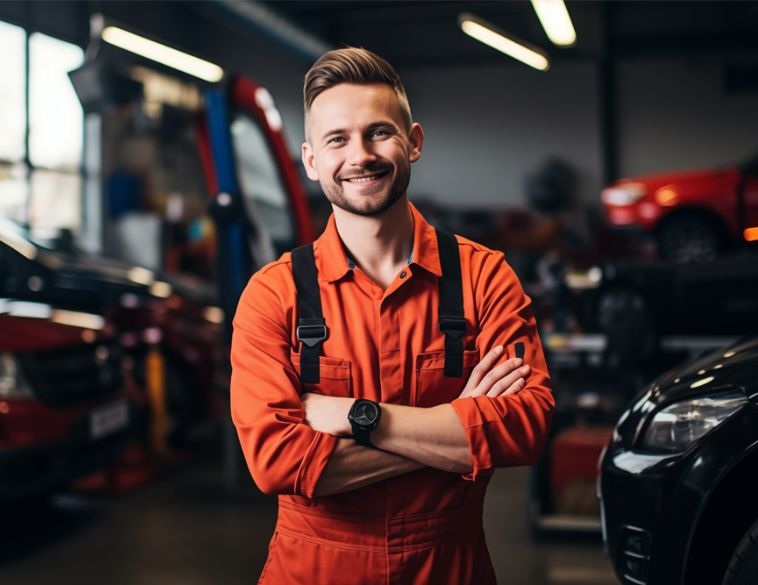Buying a new car is an exciting experience. Consumers are always educated about their vehicle’s safety, convenience and comfort features—but dealers almost never mention what to do in case of an accident. Avoiding this conversation is a mistake!
Educating your customer
Consumers deserve to be educated about how the construction of their new car keeps them safe in a collision, and that after a collision the only way to ensure ongoing safety of the vehicle is to have a proper repairs completed to OEM specifications—the quality of repairs completed by OEM Certified repair facilities that have been inspected, audited and certified to ensure they have the tools, equipment, and training as specified by their OEM.
The human factor
Recently my daughters were stopped in highway traffic, and an out of control driver rear-ended them at high speed. Luckily, their newer-model car had great safety features and the structural integrity that likely saved their lives. The car was a total loss…but what if it wasn’t? We know collision repair facilities are not all equal in their technical capabilities. What if it was repaired at an unqualified facility? What if it had been previously repaired incorrectly and that same collision occurred? The results in human life could be catastrophic.
Collision: Part of the ownership experience
The message to dealers is to please educate your customer when they buy a vehicle. Collision is part of the owner experience. Be sure every customer knows they have an OEM Certified collision repair choice. You are not only protecting your brand, but also your customer and all future owners, by ensuring the long-term safety and value of the vehicle.
The most difficult conversation: I’m not qualified
All collision repair facilities are aware that vehicle technology, construction and materials have drastically changed. With this comes a responsibility to stay up to date by investing in 3D measuring systems, squeeze-type resistance spot welders, welding and technical training and a multitude of other requirements to be technically capable of completing repairs to OEM specifications including researching OEM recommended repair procedures, scanning and diagnostics. Without these basic investments and capabilities, your facility is not qualified to complete a safe and proper repair. The bottom line is that as the repairer, you are responsible to restore the structural and safety features to OEM specs on every car you touch. Yet only a few hundred Canadian repairers (less than five percent) have made these investments to date. It’s not optional. If you are not qualified to repair current model vehicles, don’t touch them—tell the insurer and consumer, “I am not equipped to handle this repair” and send it to a shop that is. It’s the only reasonable, responsible and ethical response in this situation.
Decision time
If your facility has fallen behind, you have a choice to make. If you plan to remain in the collision business, get a plan in place quickly. Work towards meeting the requirements of the OEM Certification programs for the vehicles you most often repair. Then complete your official OEM Certification so you can align with OEM brands that consumers know and trust, and become that trusted partner dealers can refer their customers to at the time of vehicle purchase.



